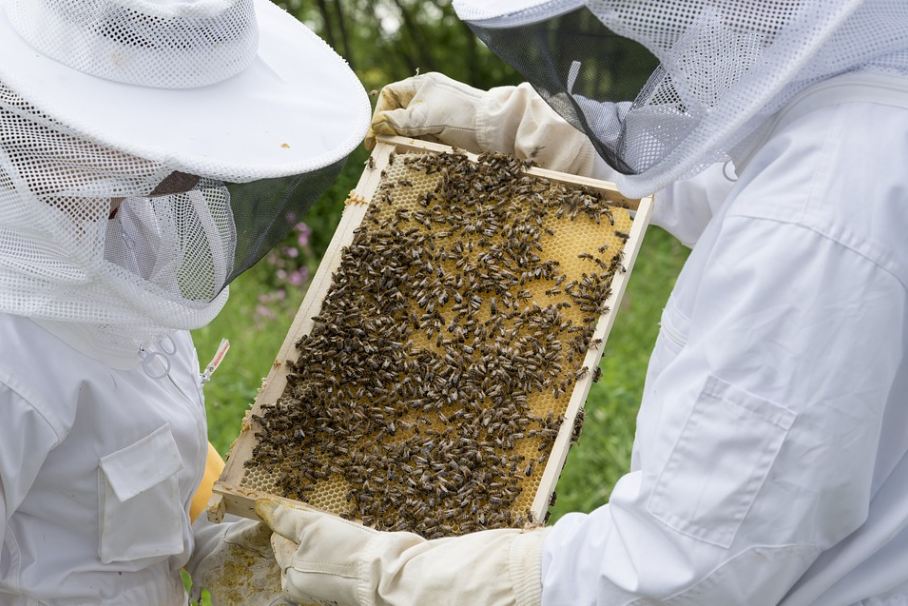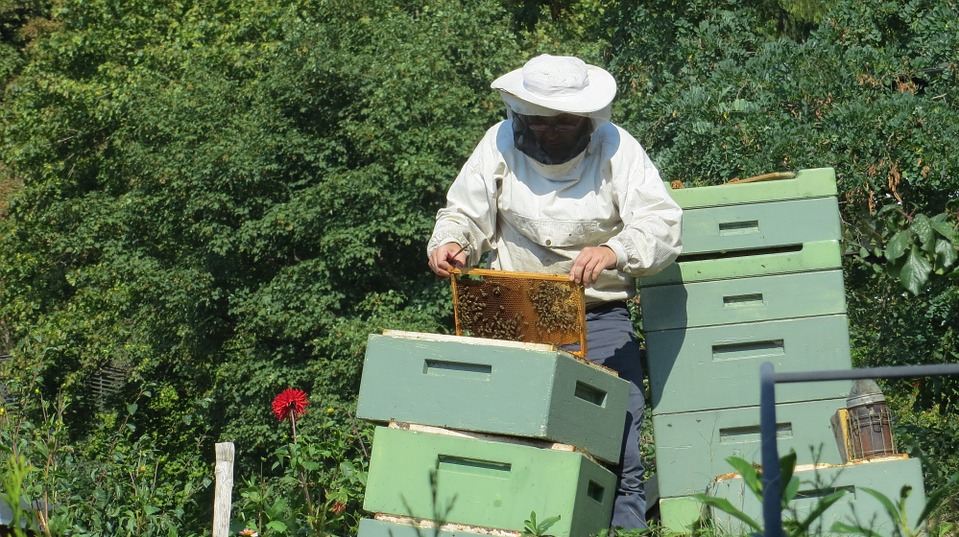Inspecting a beehive is arguably the hardest task a beekeeper must do to properly take care or maintain his or her bees. The task is hard because the beekeeper must be able to inspect even the tiniest details in the hive without getting stung by the bees, which could be quite painful, especially if there are multiple bees that stung you. Luckily, inspecting beehives in today’s era has been easier, as many beekeeping companies have developed and sold equipment that is designed to prevent bee stings and allow beekeepers to inspect hive a little bit better. To know more about the equipment that is used for inspection, as well as several tips on how to properly inspect beehives, here is a simple guide on beehive inspection.
Preparation
Before you start preparing for the bee inspection, you must first know that bees would often react strongly to odor. So, if you have a bad body odor, there is a chance that the bees might get too aggressive. To prevent this from happening, it is important for beekeepers to take a shower in order to remove any unwanted odors from their bodies. However, they should not bathe too much, as the smell of soap or shampoo would also produce a reaction from the bees. In addition, beekeepers must also not apply scented hairsprays, colognes, or perfumes since this could also be sensed by the bees. Leather is a material that also produces a reaction from the hive, so make sure that you are wearing leather watches or belts before inspecting the beehive.
The most important equipment that you should have to protect yourself from getting stung by bees is the veil. However, there may be instances where bees might get inside the veil. In case this happens, you shouldn’t panic, as they won’t sting you as long as you don’t perform any violent movements. You can take off the veil once you are far away from the hive to free the bees inside, but don’t take it off when you are in front of or near the hive.
Besides the veil, you must also wear a long-sleeved shirt, although it should have a lighter color since bees aren’t fond of dark colors. On the other hand, you can also buy a beekeeping suit for maximum protection, but these suits can sometimes feel uncomfortable during the summer season.
Another important equipment you should have before inspecting is the smoker, which is a device that produces smoke that calms bees. However, the smoke that should come out from the smoker should be cool and not warm, as warm smoke could usually damage the bees’ wings or their hive.
Inspection
The first step that you should be able to do for inspecting the beehive is to remove the first frame of the hive, which are either of the two that are closest to the outer wall of the hive box. To remove the frame, you must have a hive tool that is used to pry the frame out of the hive, and then you must lift the frame carefully in order to not disturb the bees in the other frames.
Once you have lifted the frame, you would need to position yourself to where your back is facing the sunlight. After doing this, you can then lift up the frame to where the sunlight shines through it, and the sunlight will be able to help you see the finer details in the frame. From this view, you can see how many eggs or larvae are situated in the cells, which are good signs that the hive is thriving. But you may also see parasites or pests that are robbing the hive of their food supply, so inspecting the hive would allow you to save the hive by seeing the parasites and easily removing them.
Another good sign that a hive is healthy is by inspecting if the brood pattern is neatly organized or if there are empty spaces in the frame. If the brood pattern is organized, it means that the queen bee is healthy, but if there are empty spaces, then this means that the queen bee is ailing or old, which could signal that you would need to replace her with a new one.
While inspecting the hive, you would often notice that bees would cluster at the top bars, and this cluster could mean that they are observing what you are doing to their hive. To stop them from observing you and turn aggressive, you can use the smoker to puff them away from the top bars.
Once you’re done inspecting the first frame, you should also apply the same inspecting process to the other frames of the hive box. The day of hive inspection is usually done every seven to ten days during the months of spring or summer, and it is important for you to only inspect the beehive occasionally and not frequently since bees would get irritated from the constant movement in their hive, which could lead to them eventually turning aggressive.


